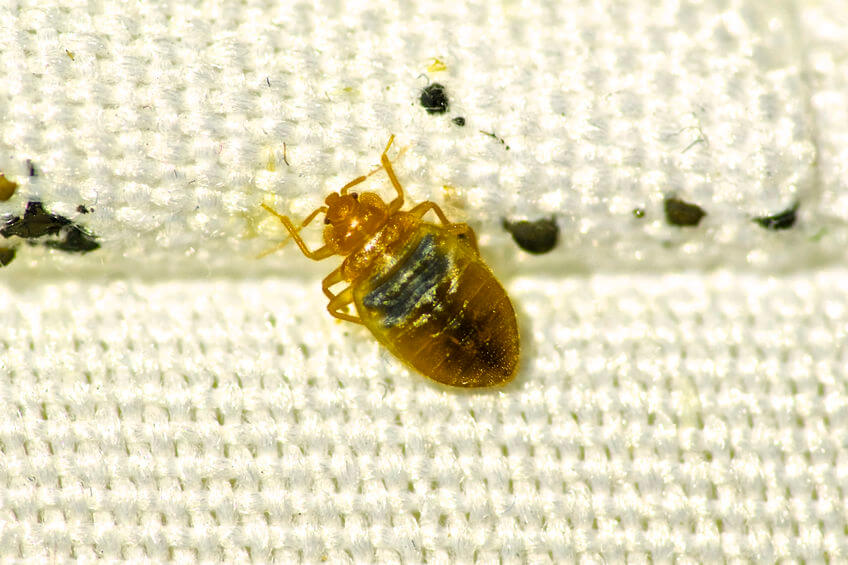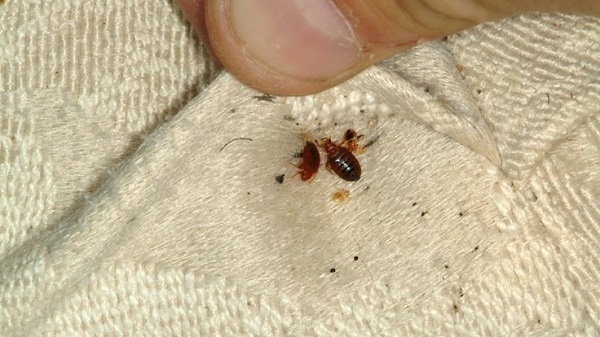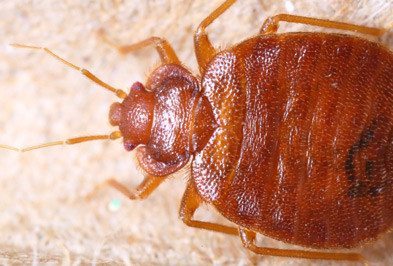Understanding Different Therapy Choices for Bed Insect Control
In the world of insect management, bed pests offer a special challenge that calls for a well-thought-out and tactical technique for efficient control. Recognizing the various therapy choices readily available is crucial in addressing problems promptly and adequately. From traditional chemical therapies to innovative warmth treatments and environment-friendly natural treatments, each approach includes its own collection of factors to consider and advantages. In addition, incorporated bug monitoring techniques and the proficiency of expert elimination services can give an all natural strategy to taking on bed insect issues. As we browse with the subtleties of these therapy alternatives, the essential lies in choosing one of the most suitable technique that aligns with both effectiveness and sustainability in bed pest control.

Chemical Therapies
Chemical treatments are an usual approach used in the expert control of bed bugs. These treatments include the application of pesticides to targeted areas where bed insects are existing.
When applying chemical treatments for bed pest control, it is important to comply with all safety and security standards and policies to minimize risks to human beings, pet dogs, and the environment. Professional insect control drivers are trained to pick one of the most appropriate pesticides, apply them efficiently, and take needed safety measures to avoid overexposure. In addition, appropriate tracking and follow-up evaluations are necessary to assess the efficiency of the therapy and make sure that all bed pests have been removed. When made use of judiciously and in conjunction with other control approaches., Chemical therapies can be a powerful device in the extensive management of bed pest infestations.
Warm Therapies

Among the main advantages of warm treatments is that they do not involve the usage of pesticides, making them a favored option for those worried about chemical direct exposure. Furthermore, warmth therapies can be completed in a relatively short period, typically in a single day, lessening disturbance to the passengers of the treated room.
Nonetheless, it is important to enlist the solutions of experienced specialists when going with heat therapies, as incorrect use of warmth can position fire hazards and damage home. On the whole, heat treatments stand for a secure, effective, and eco-friendly strategy to combating bed bug infestations.
Natural Treatments
When looking for alternative methods for bed insect control, natural treatments use a chemical-free strategy that can be reliable in combating infestations. These remedies are frequently liked by people aiming to avoid using rough chemicals in their space - bed bug exterminator chicago toppestkillers. One prominent natural remedy is diatomaceous earth, a great powder that functions by drying out bed insects and damaging their outer protective layer, eventually bring about their demise. Important oils such as pepper mint, lavender, and tea tree oil are likewise known for their bed pest repellent buildings. These oils can be diluted and splashed around bed structures, baseboards, and various other areas where bed bugs might hide. Additionally, steam cleaning is an all-natural approach that can aid remove bed insects and their eggs by exposing them to high temperature levels. While all-natural remedies can be efficient, it's necessary to note check over here that they may call for repeated applications and thoroughness to achieve effective bed insect control.
Integrated Insect Monitoring
Taking into consideration the diverse approaches offered for bed pest control, Integrated Parasite Administration (IPM) stands apart as an extensive technique that incorporates numerous strategies to properly address pest problems. IPM concentrates on long-term avoidance and management of insects with a combination of strategies such as inspection, surveillance, and treatment.
One secret element of IPM is the focus on exact identification of the insect varieties and their particular actions. By comprehending the biology and behaviors of bed insects, insect control professionals can create targeted strategies to get rid of problems. Furthermore, IPM promotes using non-chemical control approaches, such as sealing gaps and fractures, vacuuming, heat treatments, and making Check This Out use of mattress encasements.
Additionally, IPM advocates for the cautious application of chemicals as a last hotel, focusing on the use of low-toxicity items and integrated approaches. Routine monitoring and follow-up inspections are important elements of IPM to make certain the effectiveness of the treatment and protect against reinfestations. Generally, Integrated Insect Management supplies a all natural and lasting technique to bed pest control, promoting ecologically accountable techniques while effectively managing pest populations.
Professional Extermination Services

Expert pest control specialists utilize a variety of strategies to fight bed pest problems, consisting of the application of insecticides, warm treatments, vacuuming, and heavy steam therapies. They are geared up with the needed devices and equipment to reach surprise areas where bed pests might reside, such as cracks, holes, and wall surface gaps.
Additionally, professional elimination solutions commonly entail multiple check outs to guarantee that all bed pests and their eggs are entirely eliminated - bed bug treatment chicago services. This detailed site here technique helps stop reinfestations and ensures long-lasting control of bed pests in the cured area
Additionally, pest control experts can provide useful assistance on preparing the ravaged area prior to therapy and deal referrals for protecting against future bed pest invasions. In general, professional elimination solutions provide a reliable and detailed service for dealing with bed bug problems.
Final Thought
In conclusion, various therapy choices for bed bug control consist of chemical therapies, warm treatments, natural remedies, integrated parasite management, and expert elimination services. Each choice has its very own benefits and limitations, so it is vital to very carefully take into consideration the details scenarios of the problem prior to picking a therapy method. Reliable bed insect control needs a comprehensive method that might include a mix of these therapy options to efficiently eradicate the invasion.
Chemical treatments can be an effective device in the extensive monitoring of bed insect infestations when utilized sensibly and in conjunction with other control techniques.
Utilized in specialist bed pest control, warm therapies offer a non-chemical option for removing bed pest invasions properly. These oils can be diluted and splashed around bed frameworks, walls, and various other areas where bed insects might hide.In conclusion, different therapy alternatives for bed pest control consist of chemical therapies, warm treatments, natural treatments, integrated bug monitoring, and expert extermination services. Effective bed pest control calls for a thorough strategy that might include a combination of these therapy alternatives to effectively eliminate the infestation.